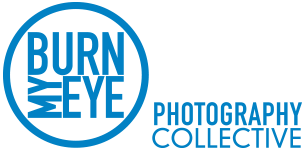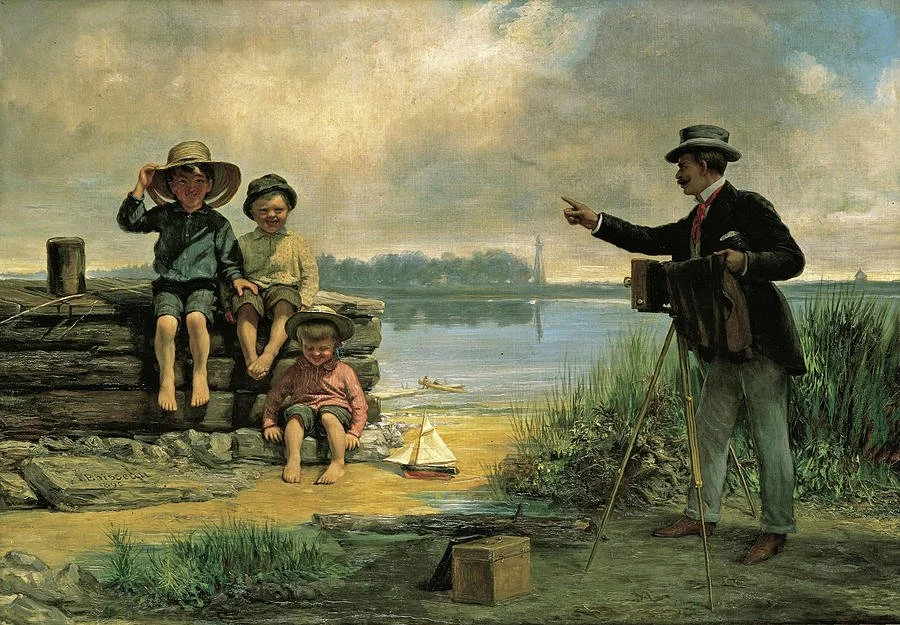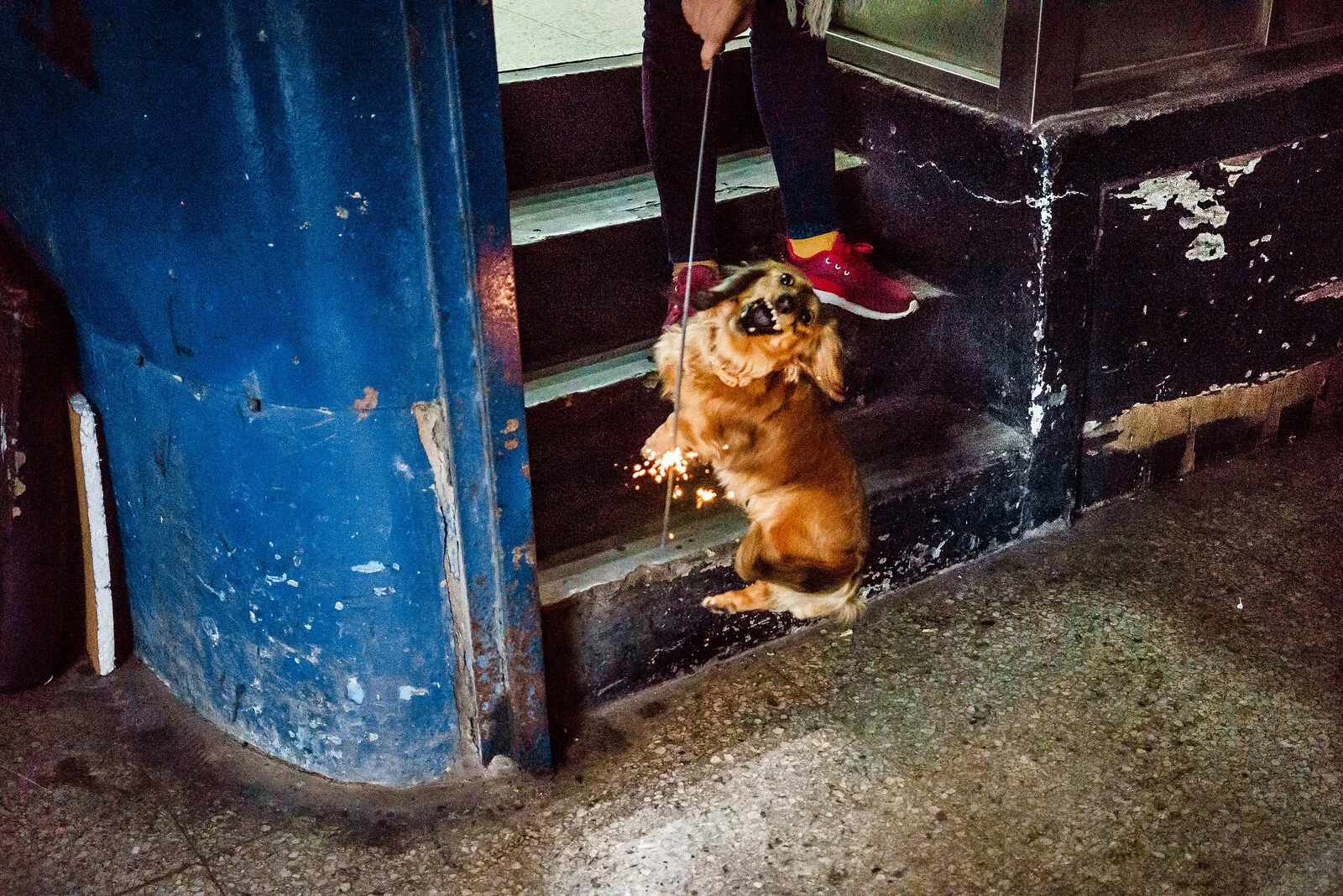Gia sou Socrates, nice to have you here! Before we begin, please introduce yourself.
Hello everybody. My name is Socrates Baltagiannis and I am a documentary photographer born and based in a city to love and hate; Athens, Greece.
What was the trigger, or inspiration, that led to your taking up photography?
Photography was always in the back of my head.However, when I was younger, it never crossed my mind that I could be a photographer. I was a lot into drawing and that led me to graphic design, but my interest in people and the world around us couldn’t be fulfilledby simply sit in an office in front of a computer. I grew up in an era that internet wasn’t a major part of our lives and magazines were the way to see what is happening in the rest of the world. Of course TV was already a powerful medium, but still image was what fascinated me. Being able to grab a moment in a fraction of time; holding something in my handsthat looked real but at the same time it wasn’t. For me, that was mesmerizing. Adding the factor that I could use this medium to tell stories and be out there, was enough for me taking up photography.
What do you hope to communicate or describe with your work?
What I do hope to communicate… Well, I work as a photojournalist/ documentary photographer. With that said; I am dealing with stories about other people’s lives, our society and the world we live in. First of all I try to be honest to the people I photograph and then to the viewer as well. I want my stories to be an open window. I don’t care if you like the view from that window, I just want to make you take a look and see what is out there. Now if I make you look for a bit longer and question yourself “why” then I guess it would be a double success.
Has your relationship with photography changed over time, and if so, how?
Of course; it is a relationship like any other. There are ups and downs but you always have to keep it fresh and evolving. Living out of photography isn’t easy these days though and this distracts your creativity. It would be great if I didn’t have to care about paying my rent, wouldn’t it be??
Select some of your photos and talk about how they came to be, as well as how they reflect your working methods.
For this, I decided to present pictures that I won’t usually make during an assignment and you could say that it is more of a personal work. These photos are part of a bigger body of work, realized in Sweden. Life made it this way that I’ve built a close relationship with the country, so it has given me the chance to visit the area once or twice a year. They are daily encounters photographed in an attempt to understand or to get familiarized with the northern culture and way of life, or to simply put it, pictures trying to make the uncommon, common in my eyes and help me construct a deeper relationship with this place.





